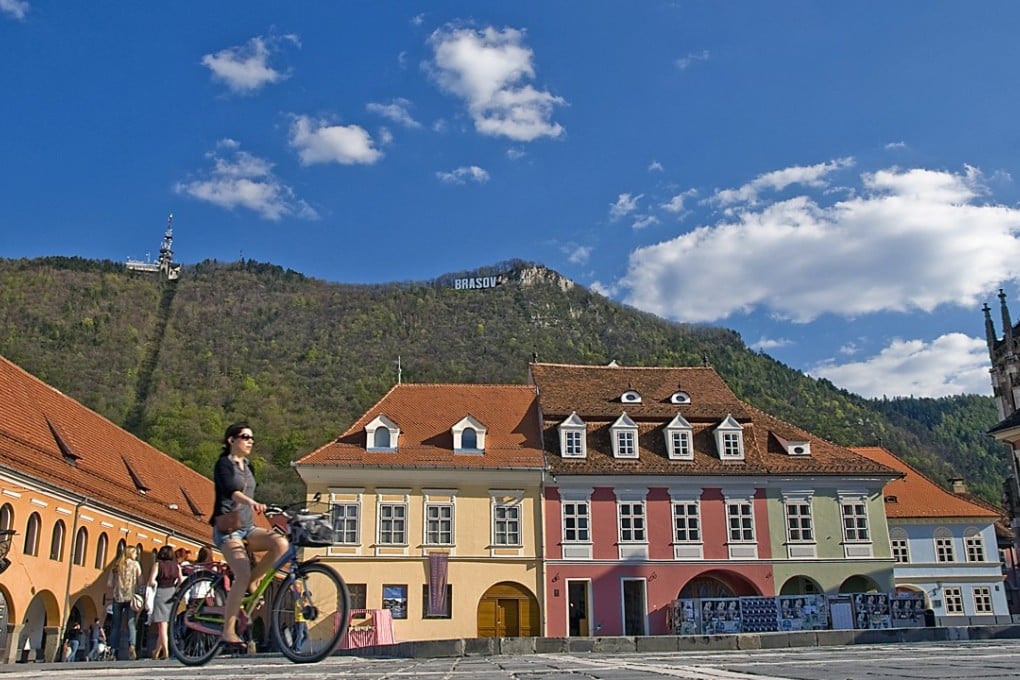Travel in Transylvania, Romania: the good, the bad and the ugly
A favourite haunt of Britain’s Prince Charles, the region is a myth-filled medieval marvel, but Dracula-based tourism trade can be a far-fetched pain in the neck

The good
When someone as well travelled as Prince Charles raves about a place, it’s worth paying attention. The British royal first visited Transylvania in 1998 and has been returning on private visits ever since. He even owns a portfolio of rural heritage properties in the Romanian region where the emphasis is on conservation and sustainability. In fact, the Prince of Wales was back only this month, to give a marketing pep talk to jam and honey producers in the farming village of Viscri.
The British queen’s son isn’t the only prince with a stake in Transylvania, however. Vlad III is believed to be the inspiration for Bram Stoker’s 1897 novel, Dracula. The 15th-century Prince of Wallachia had a taste for eye-gouging, amputation, scalping and skinning. He also hammered nails into the heads of his unfortunate foes and left their corpses to rot, earning the nickname Vlad the Impaler. These days, bloodthirsty tourists can’t get enough of the turrets and towers of Bran Castle, an imposing fortress that fits Stoker’s “high above a valley perched on a rock with a flowing river below” description of Dracula’s castle.
The spooky monument is the most popular (and profitable) tourist attraction in Romania but there’s more to Transylvania than the presumed property of a nocturnal neck nibbler, not least the time-warp triangle of Brasov, Sighisoara and Sibiu.
Hemmed in by the rugged, untamed Carpathian Mountains, Brasov is a collision of baroque, gothic and renaissance architecture. The half-timbered merchant houses, chunky fortified walls and winding cobbled streets are more Brothers Grimm than Balkan. The Black Church is the largest gothic structure between Vienna and Istanbul and derives its name from damage caused when a 17th-century fire charred the interior. A huge Hollywood-style “BRASOV” sign atop Mount Tampa reminds visitors where they are, which comes in handy after a few glasses of tuica, the heady Romanian plum brandy. Take the funicular up for the obligatory birdseye photo then afterwards, choose one of the many cafes on the main Council Square, order a coffee and plot the next leg of the triangle.

Ethnic German settlers known as Transylvanian Saxons built the town of Sighisoara (“siggy shwa rah”) in the 12th century and little has changed since. Recognised as a World Heritage Site by Unesco, the fortified medieval centre is one of the best-preserved in Europe and is small enough to explore on foot in a couple of hours. For an aerial close-up of the pastel-coloured properties, clamber up to the wooden observation balcony at the top of the Clock Tower. Back at street level, a plaque on a bright yellow house marks where torturer-in-chief Vlad III was born, in 1431.
